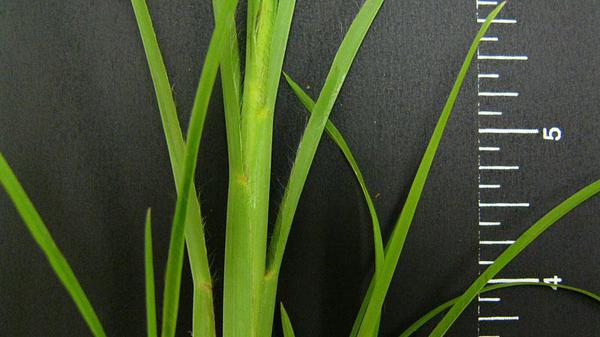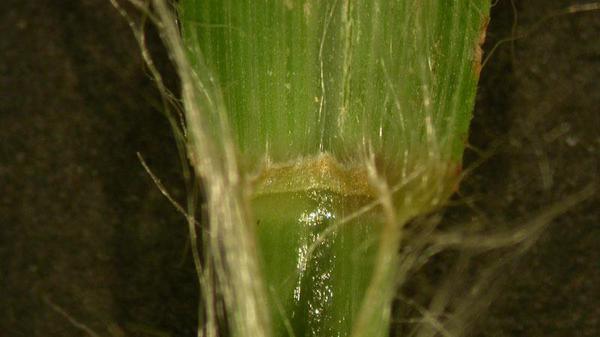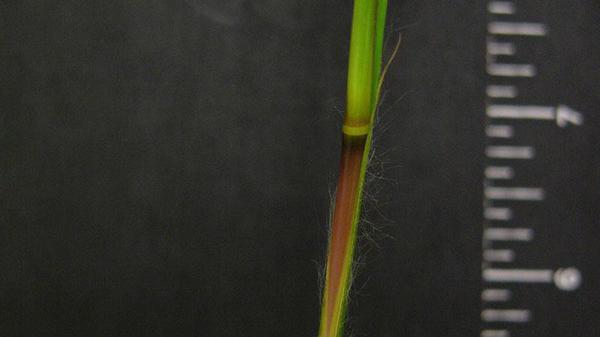Broomsedge
en Español / em Português
El inglés es el idioma de control de esta página. En la medida en que haya algún conflicto entre la traducción al inglés y la traducción, el inglés prevalece.
Al hacer clic en el enlace de traducción se activa un servicio de traducción gratuito para convertir la página al español. Al igual que con cualquier traducción por Internet, la conversión no es sensible al contexto y puede que no traduzca el texto en su significado original. NC State Extension no garantiza la exactitud del texto traducido. Por favor, tenga en cuenta que algunas aplicaciones y/o servicios pueden no funcionar como se espera cuando se traducen.
Português
Inglês é o idioma de controle desta página. Na medida que haja algum conflito entre o texto original em Inglês e a tradução, o Inglês prevalece.
Ao clicar no link de tradução, um serviço gratuito de tradução será ativado para converter a página para o Português. Como em qualquer tradução pela internet, a conversão não é sensivel ao contexto e pode não ocorrer a tradução para o significado orginal. O serviço de Extensão da Carolina do Norte (NC State Extension) não garante a exatidão do texto traduzido. Por favor, observe que algumas funções ou serviços podem não funcionar como esperado após a tradução.
English
English is the controlling language of this page. To the extent there is any conflict between the English text and the translation, English controls.
Clicking on the translation link activates a free translation service to convert the page to Spanish. As with any Internet translation, the conversion is not context-sensitive and may not translate the text to its original meaning. NC State Extension does not guarantee the accuracy of the translated text. Please note that some applications and/or services may not function as expected when translated.
Collapse ▲Description
Broomsedge (Andropogon virginicus) is a perennial weed frequently found in fields, along roadsides, and in openings to forests and pastures. It can be distinguished from other grasses by the flattened leaf sheaths which have obvious leaf hairs. Leaves with folded vernation arise from a basal crown. Immature plants are bluish-green, however mature leaves turn light brown and appear to be dry. These upright leaves remain standing throughout the year.
Cultural Control
Perennial grass weeds are not desirable as turfgrass species under any conditions. Therefore, every effort should be made to prevent these weedy grasses from becoming established in turf, as selective control measures are usually difficult. Selection of adapted turfgrass species and cultivars and the use of cultural practices are important in minimizing weedy grass encroachment and competition. Management practices include: (1) mowing at the recommended height for the selected turfgrass and removing clippings when seedheads of grassy weeds are present; (2) applying the proper amount of nitrogen at the correct time according to the turfgrass present; and (3) using soil tests to determine needed nutrients and lime.
Species Data
- SEEDHEAD / FLOWER
- spikelets are in racemes of groups of 2-4
Figure 1
- spikelets are in racemes of groups of 2-4
- VERNATION TYPE
- LIGULE TYPE
- GROWTH SEASON / LIFE CYCLE
- perennial weed
- AURICLE TYPE
- absent
- LEAF BLADE TIP SHAPE
- sharp-pointed; flat, hairy near base above, smooth to rough below, edges rough and with hairs
- LEAF BLADE WIDTH
- 0.1 - 0.28 inches (3 - 7 mm) wide
Figure 6
- 0.1 - 0.28 inches (3 - 7 mm) wide
- STOLON PRESENCE
- absent
- RHIZOME PRESENCE
- absent
- COLLAR TYPE
- SHEATH MARGIN
- SHEATH TYPE
- very flattened, sharply creased
Figure 12
- very flattened, sharply creased














